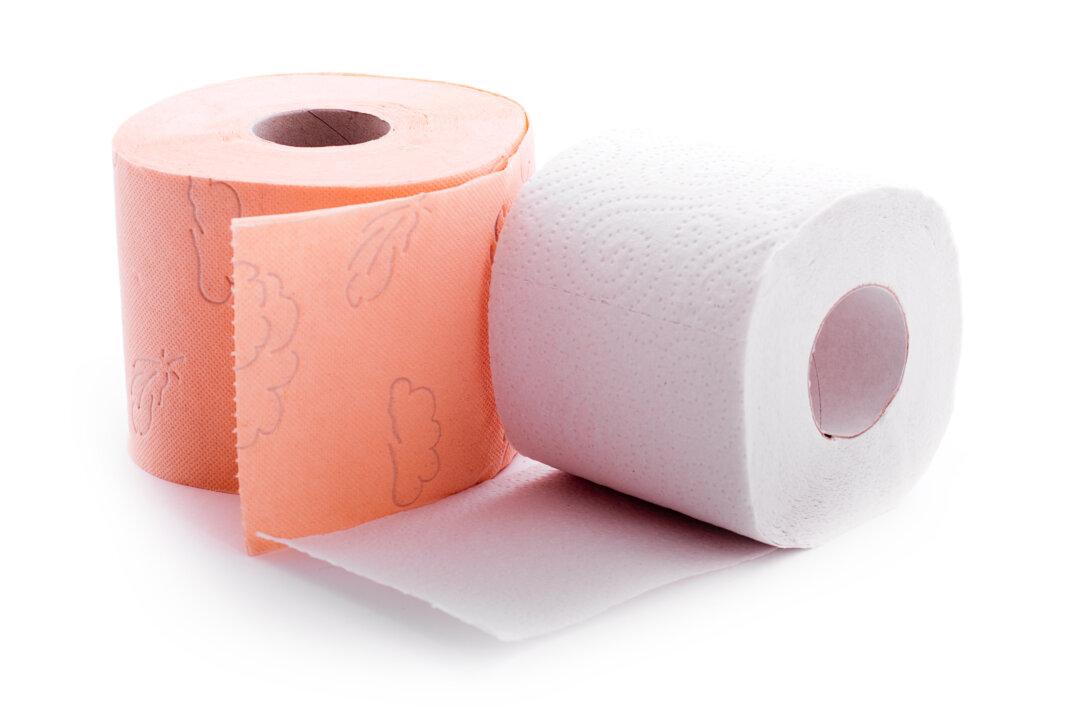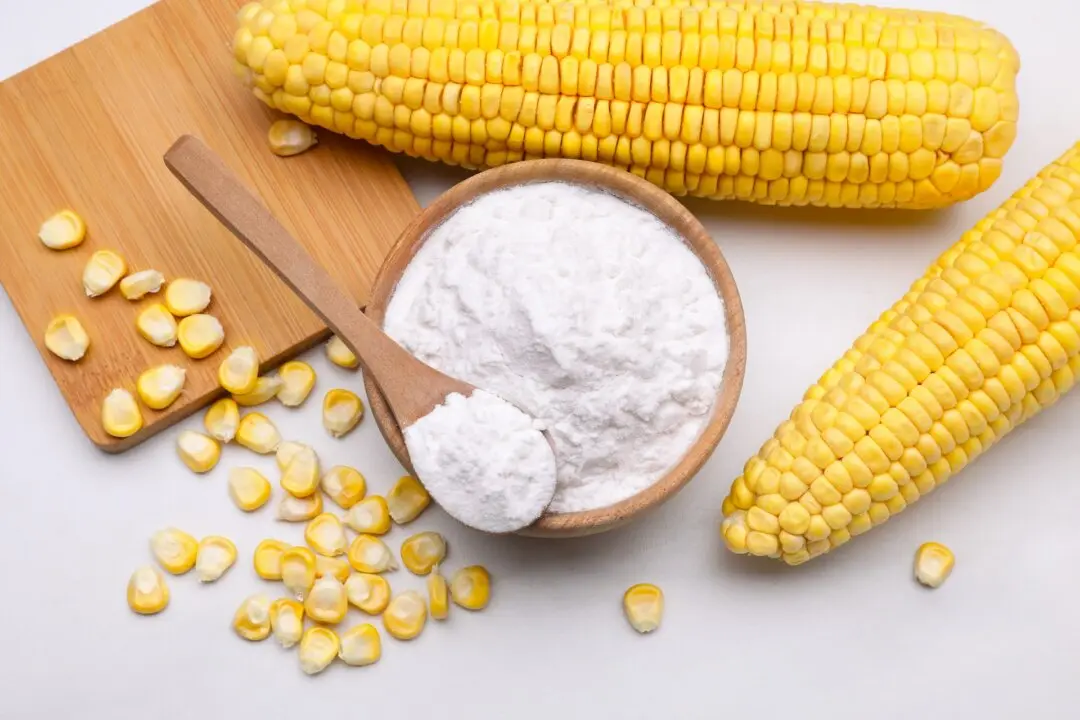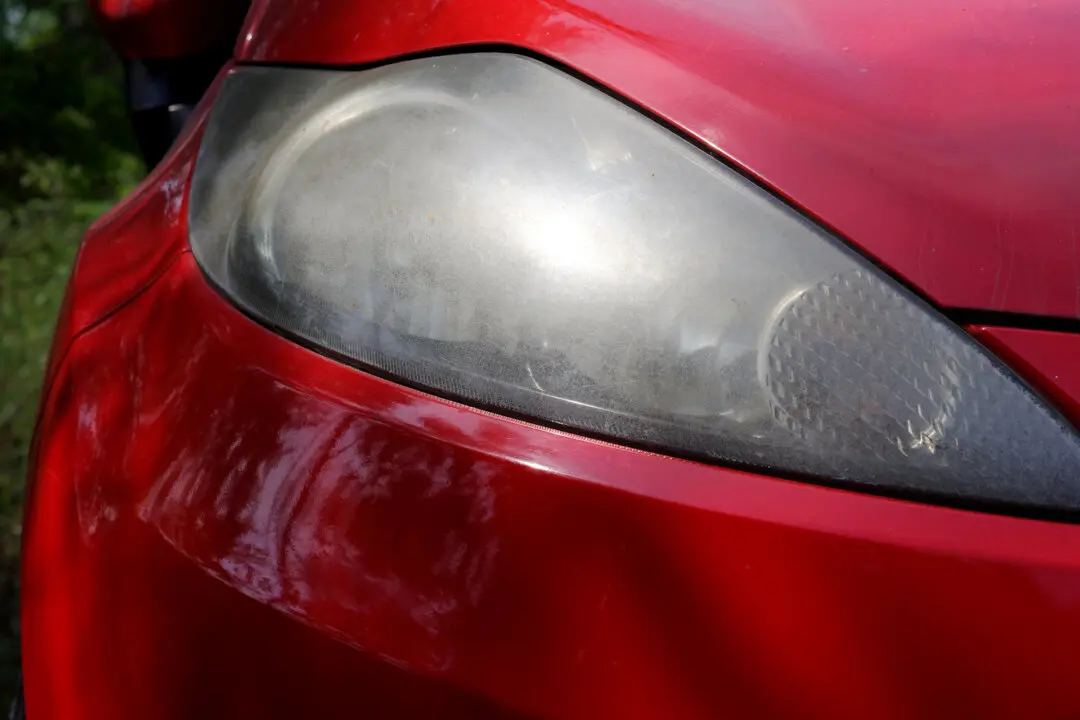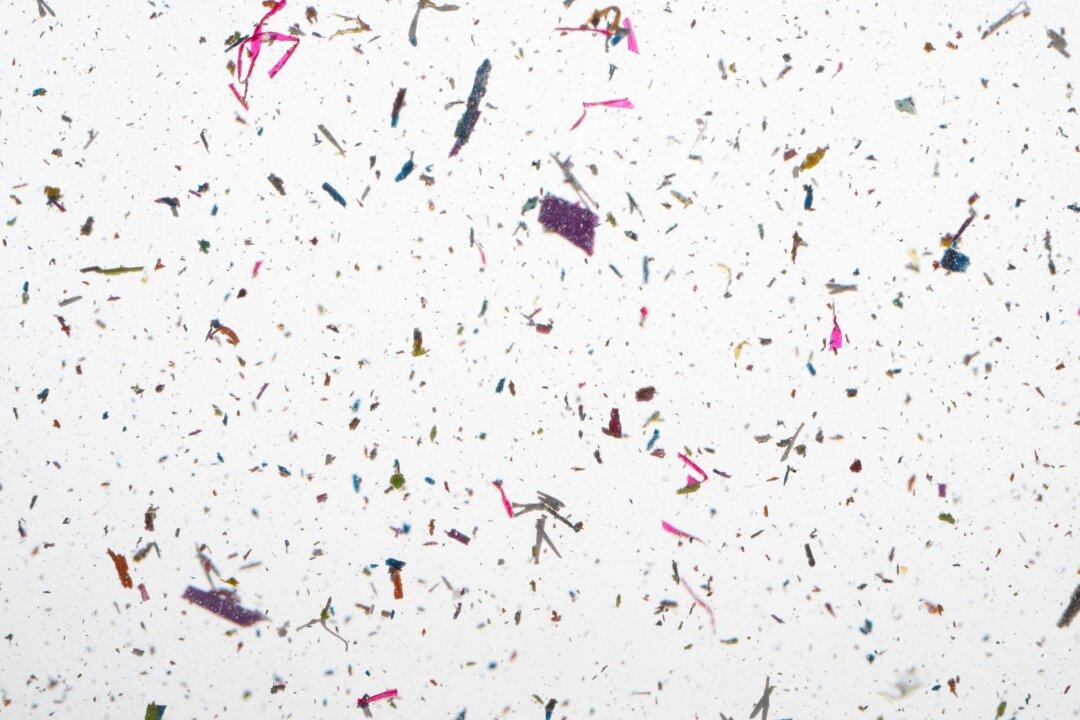Over the years, I’ve received thousands of money-saving tips from readers—many of which I’ve shared in books, newsletters, and this column. And there are plenty that I’ve not shared for a variety of reasons, but mostly because they don’t work. Some work so poorly, they end up costing time and money and not saving a thing! Today’s first question reminded me of that useless tip. It still makes me laugh. It goes like this:
Start with two empty toilet paper tubes and a new roll of two-ply toilet tissue. Carefully separate the two layers of toilet tissue, rerolling each of the layers onto an empty tube to create—ta-da!—two rolls of paper for the price of one.





